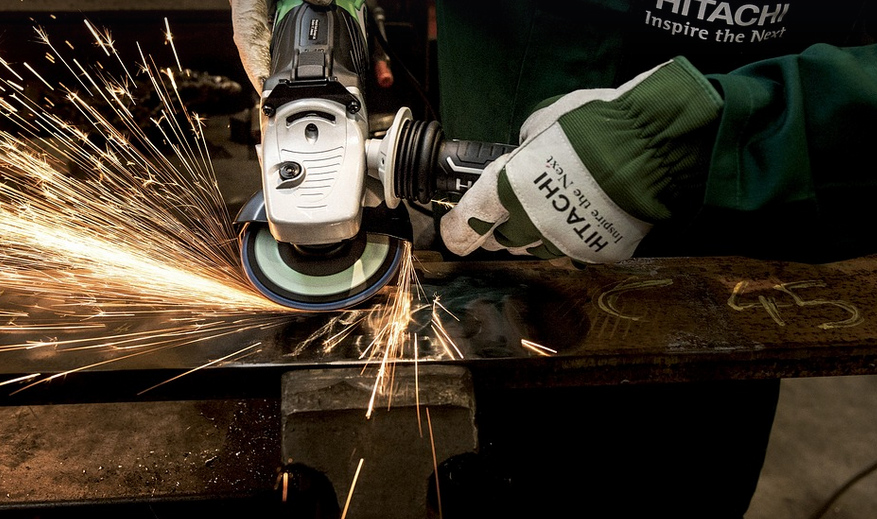Weighing Your Options: The Case for Weight Belts
Let’s talk about weight belts – those seemingly simple pieces of equipment that can add a layer of support and stability to your workouts. Whether you’re a seasoned lifter or just starting out, the question of whether to wear a weight belt is something many people grapple with. The answer isn’t always clear-cut; it depends on several factors.
Before we dive deep into this conversation, let’s acknowledge the elephant in the room: weight belts aren’t exactly as ubiquitous as they once were. There’s a certain air of nostalgia attached to them, a throwback to an era when gyms felt less tech-driven and more about tangible equipment. But their resurgence isn’t entirely unexpected; fitness technology advances have led to a growing interest in personalized exercise experiences.
The question boils down to this: what benefits can a weight belt truly offer? The answer lies in understanding the mechanics of lifting and core stability. When you lift heavy weights, especially compound exercises like squats, deadlifts, and overhead presses, your core muscles are put under immense stress. This stress can lead to back pain, muscle imbalances, and reduced performance.
Now, where does a weight belt come in? A well-placed weight belt acts as an added layer of support for your abdominal muscles. By distributing the load across your midsection, it helps reduce strain on your lower back. This translates to increased power, better form, and less risk of injuries – especially during heavy lifts.
Imagine this: you’re deadlifting a hefty weight. Instead of relying solely on your lats and glutes, the belt acts as a mechanical barrier, transferring some of that weight directly to your core muscles. This creates a more efficient transfer, allowing you to focus on generating force and executing the lift with greater control.
But there’s more to consider than just the lifting aspect. A weight belt can also be beneficial for individuals who struggle with maintaining proper form or experiencing discomfort during certain exercises. For some, it can offer a sense of security, helping them focus on their technique rather than worrying about form breaking down under pressure.
However, there are caveats to consider before you jump aboard the weight belt bandwagon. First and foremost, remember that a belt isn’t a magic bullet. It doesn’t replace proper training and technique, nor should it be used as a crutch for poor form. Always prioritize correct execution over relying solely on external support.
Furthermore, some individuals might find weight belts restrictive. Wearing one can alter your core engagement and limit certain movements. It’s essential to get comfortable with the belt before adding significant load, ensuring it does not hinder your ability to perform exercises correctly. Experimentation is key; start with light weights and gradually increase as you get used to the feeling.
Finally, let’s discuss personal preference. There are those who swear by weight belts, finding them a valuable addition to their workouts. For others, they might not feel necessary. Ultimately, it’s about finding what works best for your body and your training goals. Don’t be afraid to experiment and see if a weight belt can help you achieve your fitness objectives.
In the end, the decision of whether or not to wear a weight belt is deeply personal. It boils down to your individual needs, preferences, and goals. If you’re lifting heavy weights and are concerned about back pain or form, a weight belt can offer valuable support. However, if you feel uncomfortable wearing one or find it hinders your training, there’s no need to feel pressured. Listen to your body and trust your instincts.
